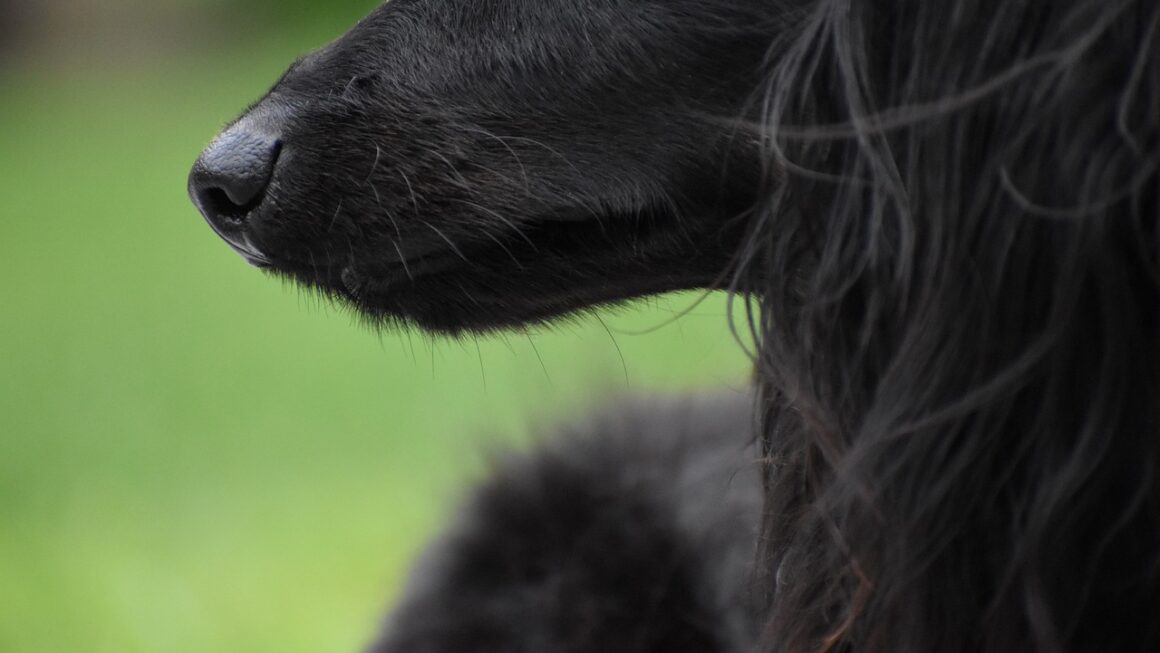Friendships are the cornerstones of a happy and fulfilling life, and among them, the best friend relationship holds a special place. It’s a bond characterized by unwavering support, shared laughter, and a deep understanding that transcends mere acquaintance. But what truly defines a best friend relationship, and how can you cultivate and maintain such a meaningful connection? This post delves into the intricacies of these bonds, offering insights and actionable advice to nurture your closest friendships.
The Defining Characteristics of a Best Friend Relationship
Unconditional Support and Acceptance
A hallmark of a best friend relationship is the unconditional support and acceptance you receive. They’re there for you, not just during the good times, but especially when you’re facing challenges. They don’t judge your mistakes, but rather offer a shoulder to cry on and help you learn from them.
- Example: Imagine you’ve made a career blunder. A regular friend might offer polite sympathy, but a best friend will listen without interruption, offer practical advice tailored to your strengths, and remind you of past successes to boost your confidence.
- Key Point: This unwavering support fosters a safe space for vulnerability and growth.
- Actionable Takeaway: Actively demonstrate your support by being a good listener, offering genuine encouragement, and avoiding judgmental comments.
Shared Values and Beliefs
While opposites can attract in the short term, long-lasting best friend relationships often share core values and beliefs. This doesn’t mean you have to agree on everything, but alignment on fundamental principles like honesty, kindness, and respect creates a solid foundation.
- Example: If you both value environmental sustainability, you might enjoy volunteering together at a local park or discussing eco-friendly lifestyle choices.
- Statistics: Research suggests that shared values are a significant predictor of relationship satisfaction and longevity.
- Actionable Takeaway: Reflect on your own values and seek out friends who share similar beliefs. Openly discuss your values with potential best friends to assess compatibility.
Open and Honest Communication
Best friends can communicate openly and honestly, even when it’s difficult. They can express their feelings and opinions without fear of judgment or rejection. This level of trust and transparency is crucial for navigating conflicts and strengthening the bond.
- Example: If a best friend unintentionally hurts your feelings, you should feel comfortable expressing your hurt without worrying about damaging the relationship. A good friend will listen, apologize if necessary, and strive to avoid repeating the behavior.
- Key Point: Healthy communication involves both expressing your needs and actively listening to the other person’s perspective.
- Actionable Takeaway: Practice active listening, use “I” statements to express your feelings, and create a safe space for your friend to share their thoughts and concerns.
Cultivating a Deep and Meaningful Connection
Prioritizing Quality Time
In today’s busy world, it’s easy to let friendships fall by the wayside. However, nurturing a best friend relationship requires prioritizing quality time together. This doesn’t necessarily mean elaborate outings; it can be as simple as grabbing coffee, going for a walk, or having a heartfelt conversation.
- Example: Instead of just texting your best friend, schedule a regular weekly phone call or video chat.
- Practical Tip: Make it a habit to plan activities that both of you enjoy, whether it’s trying a new restaurant, attending a concert, or working on a shared hobby.
- Actionable Takeaway: Schedule regular time for your best friend, even if it’s just a short check-in. Show them they are a priority in your life.
Showing Appreciation and Affection
Expressing your appreciation and affection is essential for maintaining a strong best friend relationship. This can be done through words of affirmation, acts of service, gifts, or physical touch (if appropriate).
- Example: Send a thoughtful text message to let your best friend know you’re thinking of them, or offer to help them with a task they’re struggling with.
- Practical Tip: Remember important dates like birthdays and anniversaries and celebrate them in a meaningful way.
- Actionable Takeaway: Make a conscious effort to express your appreciation for your best friend through words and actions.
Supporting Each Other’s Goals and Dreams
A true best friend is your biggest cheerleader, supporting your goals and dreams, even when they seem unattainable. They’ll encourage you to pursue your passions, celebrate your successes, and help you overcome obstacles.
- Example: If your best friend is starting a new business, offer your help with tasks like marketing, social media management, or simply providing emotional support.
- Key Point: Supporting each other’s goals fosters a sense of mutual growth and accomplishment.
- Actionable Takeaway: Ask your best friend about their goals and dreams and offer your support in any way you can.
Navigating Challenges in Best Friend Relationships
Addressing Conflicts Constructively
Even the closest friends experience conflicts. The key is to address them constructively, with empathy and respect. Avoid blaming or criticizing, and focus on finding solutions that work for both of you.
- Example: If you disagree with your best friend’s decision, express your concerns calmly and rationally, and be open to their perspective.
- Practical Tip: Take a break from the conversation if emotions are running high, and revisit the issue when you’re both calmer.
- Actionable Takeaway: Develop effective conflict resolution skills, such as active listening, compromise, and forgiveness.
Handling Distance and Life Changes
Life changes, such as moving away or starting a family, can put a strain on even the strongest friendships. However, with effort and communication, you can maintain the connection despite the distance or changes.
- Example: Schedule regular video calls or plan occasional visits to stay connected despite the distance.
- Practical Tip: Find creative ways to stay involved in each other’s lives, such as sharing photos, videos, or updates on social media.
- Actionable Takeaway: Be proactive in maintaining contact and adapting to the changing circumstances of your friendship.
Recognizing and Addressing Toxicity
Sometimes, friendships can become toxic, characterized by negativity, manipulation, or lack of support. If a friendship is consistently draining your energy and negatively impacting your well-being, it may be necessary to re-evaluate the relationship or even end it.
- Example: If your best friend constantly criticizes you, belittles your accomplishments, or makes you feel bad about yourself, it’s a sign of a toxic relationship.
- Key Point: Your mental and emotional well-being should be a priority.
- Actionable Takeaway: Set boundaries, communicate your needs, and be prepared to distance yourself from toxic friendships. Seek advice from a trusted friend or therapist if needed.
Maintaining a Lifelong Bond
Adapting to Evolving Needs
As you and your best friend grow and change, your needs and expectations may also evolve. It’s important to adapt to these changes and be willing to renegotiate the terms of your friendship.
- Example: As you enter different stages of life (e.g., marriage, parenthood), your priorities may shift. Be understanding and supportive of your friend’s evolving needs.
- Key Point: Flexibility and adaptability are crucial for maintaining long-term friendships.
- Actionable Takeaway: Be open to adjusting your expectations and accommodating your friend’s changing circumstances.
Forgiveness and Understanding
No one is perfect, and best friends will inevitably make mistakes. Forgiveness and understanding are essential for navigating these bumps in the road and maintaining a strong bond.
- Example: If your best friend forgets your birthday or says something hurtful, try to understand their perspective and forgive them.
- Practical Tip: Remember the good times you’ve shared and focus on the positive aspects of the relationship.
- Actionable Takeaway: Practice forgiveness and understanding, and be willing to let go of grudges.
Cherishing the Memories and Milestones
Throughout your best friend relationship, you’ll create countless memories and milestones together. Cherish these moments and celebrate them, as they are the building blocks of a lifelong bond.
- Example: Create a photo album or scrapbook to document your shared experiences.
- Practical Tip: Reminisce about the good old days and share stories from the past.
- Actionable Takeaway: Actively create and cherish memories with your best friend, and celebrate the milestones you achieve together.
Conclusion
Best friend relationships are invaluable treasures, offering unwavering support, shared laughter, and a deep sense of connection. By understanding the key characteristics of these bonds, actively cultivating them, navigating challenges constructively, and committing to lifelong maintenance, you can nurture a friendship that enriches your life in countless ways. Invest in your best friend relationship, and you’ll reap the rewards of a bond that can weather any storm and bring joy to your life for years to come.




